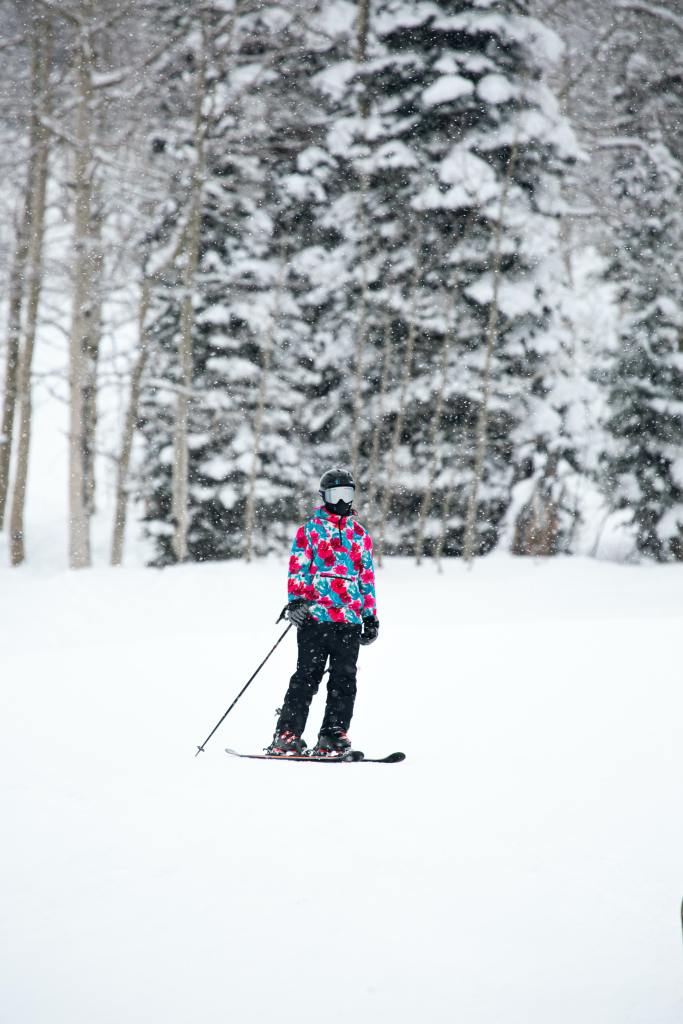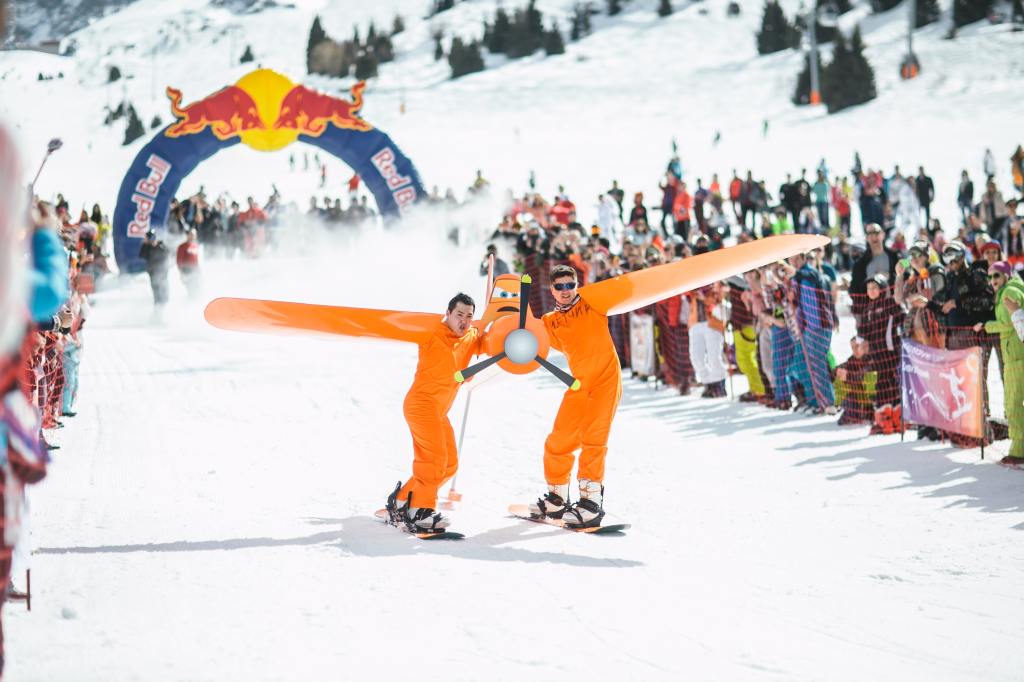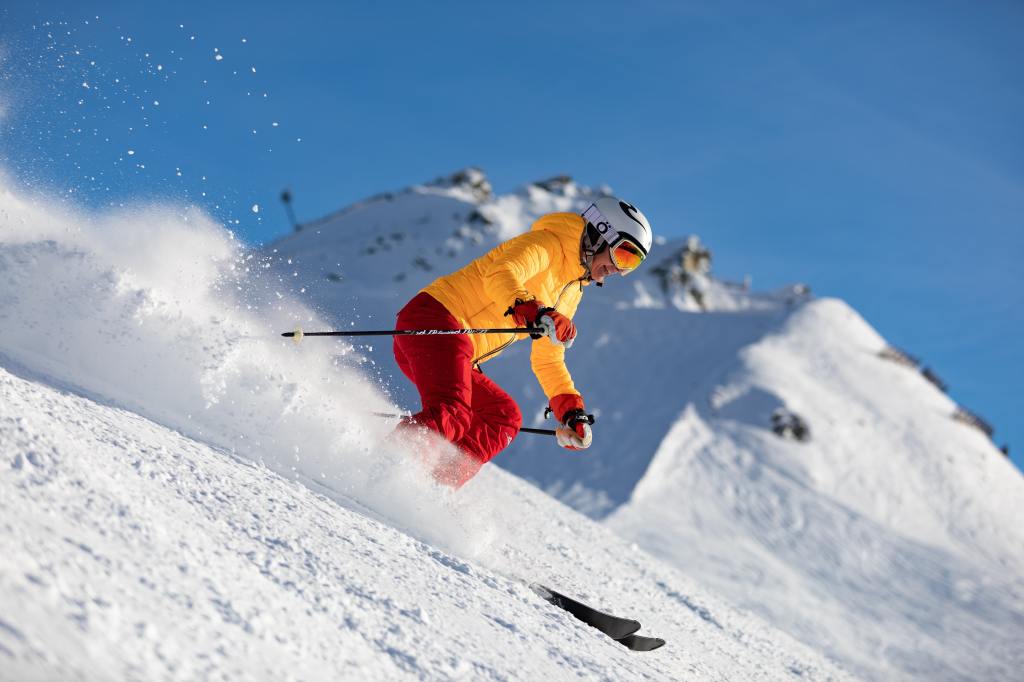
Regulators in the finance industry administer several assessment exams to test competency and ensure adherence to ethics and best practices of investment managers, stock brokers, and hedge fund managers. While one does not need a license to trade securities, a license is required to trade other people’s money. The common qualifying assessment for practicing and licensing trading securities for the mentioned professionals includes the Securities Industry Essentials exam and Series 7, 63, 65, and 31.
Series 7, the General Securities Representative Examination, assesses the individual’s competency in undertaking the roles and responsibilities of a general securities representative. The representative refers to any individual licensed to sell securities and act as a trading agent in the United States. The entry-level test also measures the ability of the candidate to sell corporate, municipal, and investment securities, public participation programs, and variable annuities.
To trade in the United States and receive a license, the candidates should take and pass the Series 7 exam offered by the Financial Industry Regulatory Authority (FINRA). The exam structure also covers investment risk, retirement plans, taxation, client interactions, and debt instruments. After passing the exam, the broker can trade securities for clients in the financial market, except in the real estate and life insurance sectors.
Regulatory bodies require one to sit the Securities Industry Essentials (SIE) for complete general securities registration. The SIE exam is considered entry-level and a prerequisite to the Series 7 exam. It assesses basic knowledge and fundamentals of working in the securities niche, like products and risk agencies, different job functions, and best and prohibited practices in the trade.
Passing the exam qualifies one to pursue a career in the financial industry and later top-up with any field, depending on the desired career path. The SIE primarily contains a revised structure that replaces sections of the other nine Series exams and acts as a qualifying measure for the other more advanced exams. The changes also eliminated replicated test content. This shortens the duration and process required for getting licensed.
On the other hand, Series 63 enables the holder to solicit orders on any security in the field and assesses knowledge of ethical practices and fiduciary obligations. All states, except six, require one to take the Series 63 exam to check if they know what is considered dishonest and unethical practices in state securities practice. Thus, a minimum 72 percent score in the exam must be attained to qualify to solicit orders. However, unlike Series 7, one does not require a prerequisite to sit the exam; only fill out Form-10. The form is a filing required to fully disclose information an investor needs to make an investment decision.
The other ethical assessment exam required to become a financial adviser, Series 65, covers the laws, regulations, and ethics. It also allows the professional to undertake functions associated with an Investment Adviser Representative (IAR), a fundamental aspect of financial advising. Series 65 also allows one to offer investment advice to clients at a fee. However, only a combination of Series 65 with Series 7 allows one to sell securities and trade.
Lastly, Series 65 allows the financial advisor to charge the client fees instead of commissions. The exam is considered more stringent and complicated than the Series 63, as the rules are stricter on financial advisers charging fees than commissions. FINRA also sometimes exempts certified public accountants and certified financial professionals.




